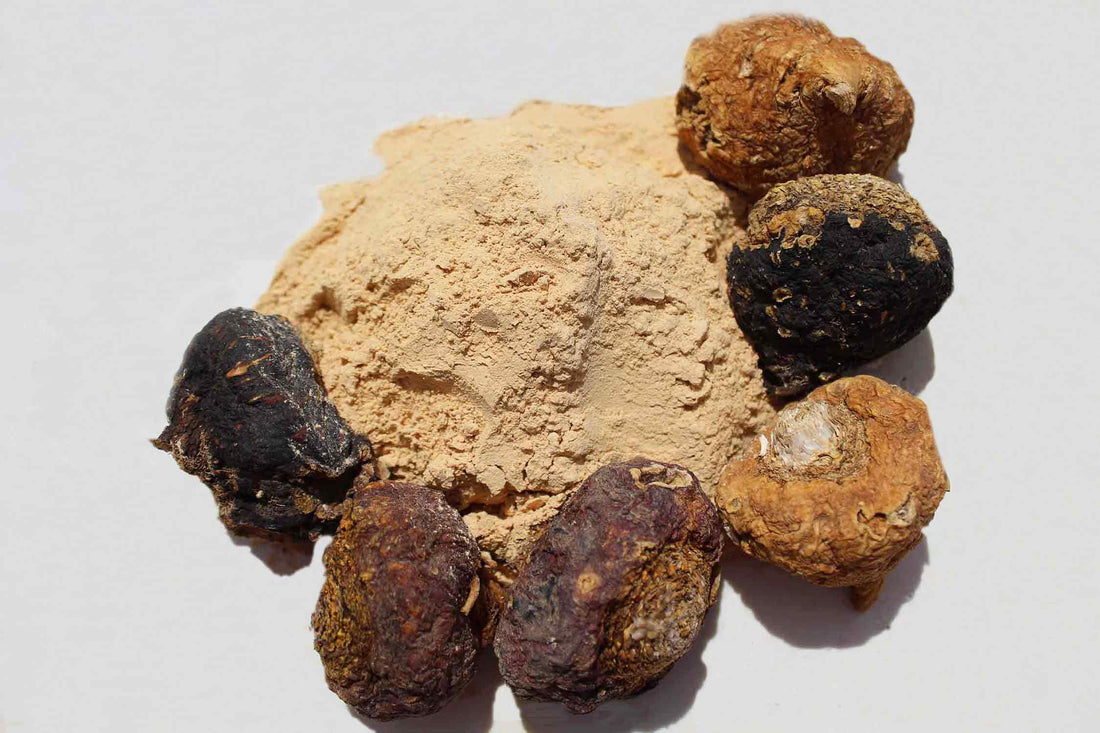By. Architect Sabino Blanco Ricra
The author of this article was born, lived and grew up in the ranches of Pachamachay, San Blas Annex, Óndores District in the Junín Region, he has been in life a living history of everything related to the PUMPU Region.
Undoubtedly, the maca that we know today with the scientific name of Lepidium peruvianum chacón is an ancestral fruit that the Andean settler of the San Blas area and its surroundings has domesticated from a wild herb to a plant for mass consumption and production as we see to this day.
Particularly in the place called PACHA-MACHAY in the annex of San Blas, District of Ondores Province and Department of Junín in Peru, signs have been found that 8,000 - 7,000 years ago auquénid meat and maca (as a wild root) were consumed, these Findings were made during archaeological study excavations by Dr. Ramiro Matos Mendieta in the years 1969-1970 precisely in these caves. This information was very important to complete the designation of origin project for maca as a native of Junín-Pasco.
See INDECOPI Resolution: https://www.indecopi.gob.pe/documents/20195/199774/8+R08_006065-2011.pdf/ad0345c9-03b8-4875-9b09-b1b8bbf9ee8d
Dr. Matos demonstrated that those times the auquénids were larger than the current ones (llamas, guanacos and Vicuñas), this study was carried out in agreement with the Cornell University of the United States of America, with him being a professor at the Universidad Mayor of San Marcos (for further illustration we must resort to the archives of the aforementioned professional in the library of the Universidad Nacional Mayor de San Marcos).
Scientific name: MACA = Lepidium meyenii or Lepidium peruvianum Chacón
Origin of its name and domestication: The appearance of flowering plants (Angiosperms) dates back 300 million years according to studies by paleontologist Hill, (1996) evolved in areas of the north, center and south of Peru and among these plants was Maca. .
The name of Maca, according to Pulgar Vidal (1985), comes from two voices of the Chibcha Language “MA” which has the meaning of height origin and “CA” which means High, exalted, good food that strengthens the name of Maca. . It could also be due to the fact that the Incas have placed the name Maca, as a justification for the continuity of their domain, due to the presence of the Ayarmarcas, since Maca has always existed as a root that grows in the Andes.
According to historical evidence, the domestication of the Maca plant probably coincided with the late formative phase (approximately beginning of the Christian era), in the San Blas or Junín Zone by the inhabitants of Chinchaycocha, among them the Pumpush culture. The expansion of its cultivation in the High Andean ecological environment would have been due to the Yaru or Yaro Culture and the Ayarmarcas who came from the South, who gave great importance to its cultivation because it constituted a food for daily consumption (Matto, 1975); Rick (1979), Antunez de Mayolo (1977), Rostworoswshi (1978) and Waldemar (1976), report that the Yaros have been excellent livestock breeders and practiced intense agriculture, dedicating themselves to the cultivation of Maca. Pacheco (1988) mentions that the inhabitants of Bombonmarca (Junín) established a Collection Center for Maca roots, potatoes and alpaca and llama fibers (Shongunmarca Warehouses).
The expansion of Maca cultivation would also be due to the Collas who are intensely dedicated to the cultivation of Maca. The Inca troops were fed with Maca rations, since this plant was attributed with the ability to give vitality and physical strength to its combatants.
Guamán Poma de Ayala (1613), reports that Maca is a nutrient that the Indians use in order to obtain good health and vigor. Maca.
First discoveries of Maca: Walpers (1843) for the first time scientifically identified the species as Lepidium Meyennii Walp, because Mr. Meyennii collected a species in Pisacoma (Department of Puno). Likewise, Weberbaur (1945) describes the existence of Lepidium Meyennii Walp between Candarave and Carumas (Department of Moquegua), which is the subspecies Lepidium Meyennii Celidium. In 1961, Dr. Gloria Chacón de Popovici presented her Bachelor's Thesis, who carried out a phytochemical study of Maca, wrongly assigning the name Lepidium meyenii Walpers to this plant. By 1988 he deepened his taxonomic research, identifying it as Lepidium Peruvianun Chacón, the scientific name being ratified by the Herbarium Biologists of the National University of San Marcos.
In recent years there has been a boom in Maca due to pharmaceutical interest and its benefits as improvers of various body systems, the emphasis that is attributed the most is with respect to both the male and female reproductive systems, thus, Dr. Gustavo F. Gonzáles (MDMSc) from the Universidad Peruana Cayetano Heredia in his book “MACA: From Tradition to Science” scientifically highlights the relationship of black maca with sperm improvement and male sexual capacity, while maca red with the improvement of the reproductive capacity of women.


